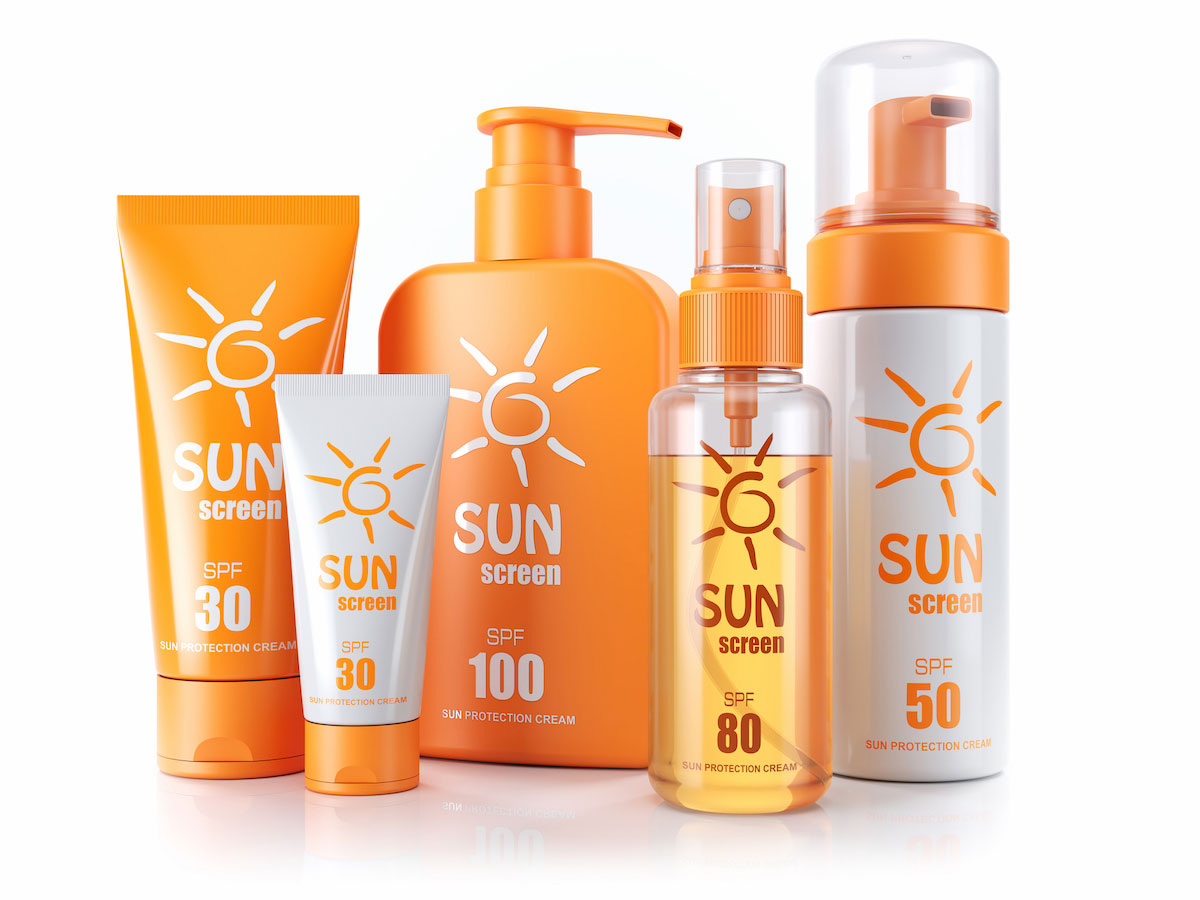By Dr. MariMeg Clairwood
Hartford HealthCare Medical Group Dermatologist
You’re reaching for the sunscreen at the store, but then you pause, overwhelmed by the number of choices. With so many options, which one should you choose? Here are the answers to some questions about sun protection.
Are all sunscreens created equal? No. Look for a sunscreen with an SPF 30 or higher that says “broad spectrum” on the label. Broad-spectrum sunscreens protect from both UVA and UVB rays. Water-resistant formulas are ideal, especially if you are going to be swimming or breaking a sweat.
Do higher SPF sunscreens actually do a better job of protecting skin? In short, yes. This is because most people under-apply sunscreen, resulting in a lower SPF than what’s on the bottle. Studies have shown that, on average, people apply just a quarter to one-half of the amount of sunscreen needed to achieve the SPF on the bottle, making an SPF 30 more like an SPF 8 to 15. I recommend at least an SPF 30 for daily application, and higher numbers for outdoor activities.
How much sunscreen is enough sunscreen? Most adults need one ounce, or a full shot glass, to cover their body. Be sure to apply sunscreen evenly, and remember your ears, neck, feet and top of the head or part line. Use a lip balm with an SPF of at least 30.
Are there any ingredients I should avoid? Claims that certain ingredients are dangerous to humans have not been proven. What we do know is that exposure to UV radiation from the sun increases your risk of skin cancer. If you are concerned about sunscreen safety, I recommend selecting a physical (active ingredients that sit on top of the skin) or mineral-based formula containing zinc oxide and titanium dioxide. These are chemically inert, nontoxic ingredients that work by physically deflecting UV rays. Another benefit to physical sunscreens is that they are broad spectrum.
Do I really need to reapply? Yes. Water, sweat, sand and activity will all work to remove sunscreen over time. Sunscreen only protects you for up to two hours, so reapplication is important! Reapply approximately every two hours, or right after swimming or sweating.
What else can I do to protect myself? It’s always a good idea to wear sunglasses and a wide-brimmed hat. Look for sun-protective hats and clothing with an ultraviolet protection factor (UPF) of 50 or higher, which are available online and in sporting goods stores. Lightweight UPF swim shirts protect all day without having to worry about reapplying sunscreen. They are also great for kids who may not be so compliant with sunscreen application. Avoid the midday sun, especially between the hours of 10 a.m. to 2 p.m., when UV rays are at their strongest.
The best thing you can do for your skin is cover up, apply sunscreen liberally and often, and be mindful of the powerful rays of the sun, not only in summer. Use sunscreen to protect yourself from the damaging rays that shine year-round.
Dr. MariMeg Clairwood is a board-certified dermatologist at the Hartford HealthCare Medical Group with offices in Southington and Farmington. To learn more, click here.


